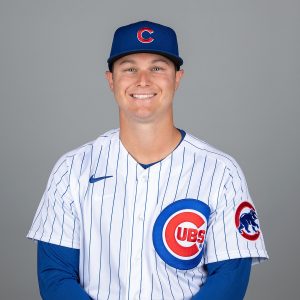Today marks the four-year anniversary of the White Sox locking up their franchise shortstop. On March 21, 2017, the South Siders agreed to a six-year extension that guaranteed Tim Anderson $25MM. Via a pair of club options, the deal pushed Chicago’s club control over Anderson to the end of the 2024 season.
It was easy to see the appeal for the White Sox in betting on Anderson long-term. He was a former first-round pick and top 100 prospect, so one could envision him as a core piece of the future. Anderson had also held his own as a 23-year-old the year prior. The young shortstop made his MLB debut in June 2016 and hit a decent .283/.306/.432 over 431 plate appearances down the stretch.
There’s also the reality that early-career extensions tend to carry ample upside with little downside for teams. With the MLB salary structure designed to underpay players early in their careers, extensions for those players often tack on extra years of team control at rates well below what the player would’ve made in free agency if they perform at a high level. Meanwhile, the figures are typically low enough the team can paper over the deal if the player busts.
Still, this contract represented something of a show of faith on the White Sox’s part. Anderson had yet to accrue a full year of MLB service, so he would’ve been controllable through 2022 regardless. His strikeout and walk rates had been well worse than the league average in 2016, so a wait-and-see approach would’ve been reasonable, particularly with the organization embarking on a rebuild. Instead, Chicago placed a bet on Anderson’s long-term development. As Jeff Todd examined for MLBTR, the guarantee set a new high-water mark at that time for a player with less than one year of major league service.
The White Sox are now in position to be handsomely rewarded for that decision. After making the playoffs in 2020, Chicago looks well-positioned to continue to contend over the next few seasons. Anderson is a central reason for that. He has hit a stellar .331/.357/.514 (133 wRC+) over the past two seasons, finishing seventh in American League MVP voting in 2020.
While he has never drawn many walks, Anderson has improved in virtually every other regard since his rookie season. He’s cut his strikeout rate in recent years while hitting for more power and reliably posting high batting averages on balls in play. Anderson will play out the next two seasons on respective guaranteed salaries of $7.25MM and $9.5MM. Barring an unexpected drop in performance or injury, the White Sox should have little hesitancy excising the 2023-24 options (valued at $12.5MM and $14MM, respectively) and keeping Anderson in Chicago for the first half of this decade.

